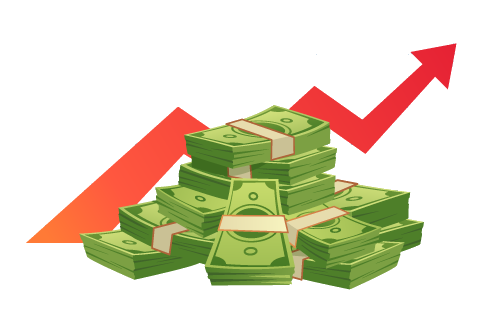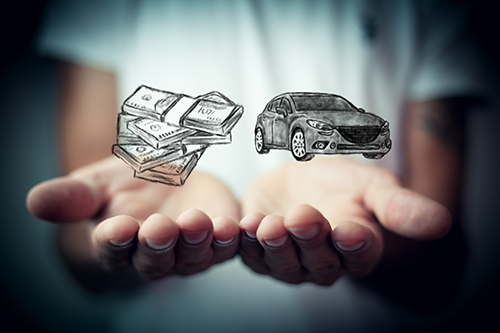F1.4 Explain the concepts of credit and debt, and describe how financial decisions may be impacted by each.
Skill: Describing the Potential Impact of Credit and Debt on Financial Decisions
Credit or debt relates to money that can be borrowed, in a variety of contexts, to pay for expenses that fall into either the want or the need category.
It is important to have discussions with students about credit and debt, and the associated costs in the form of interest.
Credit and Debt

There is no one "right" financial management strategy. This sentence is worth repeating before starting a conversation about credit and debt. Opinions about credit and debt are varied, and personal biases have a huge impact on how credit and debt are perceived (positive or negative, responsible or irresponsible). It is important, then, for the educator to approach this topic tactfully, without directing the conversation exclusively toward one opinion or another.
As a first step, it is important for educators to clarify with students the difference between "accessing" credit and "using" credit. Credit can be a useful and necessary tool in order to achieve financial goals. Educators are encouraged to ask students if there are any circumstances in which using credit would assist in achieving a financial goal.
Sample Answers
- Financial goal: Purchasing a house, an apartment, a condo, trailer, etc. It can be difficult to save the funds needed to purchase a home, especially if one has to pay for a rental unit at the same time. With a little planning to determine how much a person can afford to spend per month, they may be able to set a budget to save for a down payment on a mortgage to purchase a home.
- Financial goal: To have one's own vehicle. A vehicle can be a very large expense. By allocating the monthly amount in one's budget for transportation costs, an individual may be able to purchase a car with a loan if the payments do not exceed the budgeted amount.
- Financial goal: To start a business. By applying for a bank loan to start a business, the initial costs can be defrayed and the loan can be paid back from profits (once the business begins earning a profit).
- Financial goal: To pay for post-secondary education. Putting off a post-secondary education until one has saved the full cost may lead to a longer wait until beginning a career and earning a regular salary. A student loan can provide earlier access to education. Salary earned once working can contribute to the loan repayment.
These examples show that the use of credit can help achieve a financial goal more quickly. The important factor for responsible use of credit is to include paying it back as part of a plan or a budget. Credit can become problematic if there is no such plan.
Several factors can lead to irresponsible use of credit, such as:
- Impulsive or emotional purchases that are not related to immediate needs.
- Using a loan for purchases other than the intended purpose.
- Using credit with a very high interest rate (for example, credit cards) without having the funds to pay it back within a short period of time.
To help students understand how credit and interest can affect the final cost of an item, an example such as the one below could be provided. The example uses rounded numbers to make it more accessible to students, but a more complex example can also be used with the help of a spreadsheet.
Example
A loan of $24 000 is given to an individual for the purchase of a vehicle. The loan is to be repaid over a period of 2 years by making one payment per month. The interest rate is 5%.
Without the interest rate, determining the monthly payment is quite simple, as $24 000 must be paid over a 24-month period (2 years), for a total of $1000 per month. However, interest must also be calculated on what is left to be repaid, an amount that decreases each month. An online loan calculator can calculate the interest to be paid for the entire term of the loan, and then spread the amount evenly over all payments.
For this loan, the monthly payment would be $1052.91 and the total interest payable would be $1269.92. This indicates that the car purchased with the loan would cost $25 269.92.

With this information, a conversation could take place about whether or not being able to enjoy the car immediately is worth the extra money. Again, there are no right answers here, as the value of money and ownership of the vehicle will vary depending on personal, family, social, and cultural factors.
Knowledge: Credit
Credit is a customer’s ability to obtain goods or services before paying for them, with the agreement that the customer will pay the amount owed in the future.
Source: The Ontario Curriculum. Mathematics, Grades 1-8 Ontario Ministry of Education, 2020.
Knowledge: Debt
A debt is money that is owed; the state of being required to pay back money owed (in debt).
Source: The Ontario Curriculum. Mathematics, Grades 1-8 Ontario Ministry of Education, 2020.
